The Hare and the Owl; or, The Subjectivity of Reality as it relates to Neurodiversity
If a tree falls in the forest and there’s nobody around to hear it does it make a sound? What if I’m around to hear it but the tree is very small and the wind is very loud and my hearing has been damaged by years of listening to rock and roll records too loudly?
It’s generally accepted that the “reality” we perceive through our sense organs may be very different than the perceptions of other people with a different set of sense organs may be very different, and we have ultimately no way to verify this. My experience of the color red, say, and yours, are probably not the same, but we both point to an apple, a lobster, and a fire engine and agree that the thing those objects all share is “red,” and that’s good enough for us. “reality” is the agreed upon shared names of our individual experiences.
What about when we disagree about the shared names? Are the hare and the owl I see in the wood grain of the bathroom door “real”? what if I point them out to someone else who says “I don’t see it,” are they still “real”? what about connections, correlations, patterns, that I “see in” things and you don’t?” Returning to colors, what if I point at the apple and say it’s red and you say it’s vermillion? Where is the line between green and turquoise? Studies have shown that people who grow up speaking a language with more color words can differentiate between differences in hues more easily than people who speak languages with fewer color words.
When I had a psychological assessment done, the questionnaire included questions that were intended to diagnose psychosis, such as “do you see or hear things that other people don’t hear?” I thought this was a very unclear question; I clicked “no” because I understood the intent behind what the question was trying to find out and didn’t want to unnecessarily muddy the waters of my diagnosis with my ontological tangent, but I wondered, what about the hare and the owl? I understand that my perceived animals in wood grain aren’t “real animals;” I wasn’t hallucinating that they were moving and breathing, neither did I have delusions that they were trapped in the door, I didn’t have psychosis, I was “in touch with reality” in that respect.
To my mind, seeing animals and patterns wherever I go is a normal and acceptable thing to do, but I have heard from other people, especially allistic people, that they don’t “see in” things to the extent that I do. I’ve gotten to thinking: why is my experience of things that other people don’t perceive more “normal” or legitimate than what people with psychosis experience? The last few years since my autism diagnosis, I have been immersing myself in the world of disability theory, the neurodiversity paradigm, neuropride, etc, as well as anticapitalist theory. This has included discussions on how the baseline for “mentally healthy” and “normal,” as well as what brain states, conditions, or symptoms, are pathologized and seen as needing treatment, is fairly arbitrary and dictated by the needs of capitalism. Proponents of mad pride and psychiatric reform have written a lot about the overmedication and general over-treatment of psychosis, with antipsychotic medications used to make an individual more controllable or eliminate societally unacceptable symptoms. The mad pride movement frames conditions like schizophrenia as neurotypes rather than mental illnesses and thus offers that the symptoms and behaviors associated with them do not need to be eliminated, but rather managed through peer support and accommodations to ensure the safety and happiness of the individual. Studies have found that in cultures were “perceiving things that aren’t there/other people don’t” is less stigmatized, psychotic people tend to have less upsetting hallucinations. Stigmatizing the state of being “out of touch with reality” is fairly useless due to the subjective nature of reality.
Regardless of what is “real,” in the end the imperative remains the same: do your best to treat other people with kindness and love.

Currently playing on a loop: The Kinks – Rock n Roll Fantasy


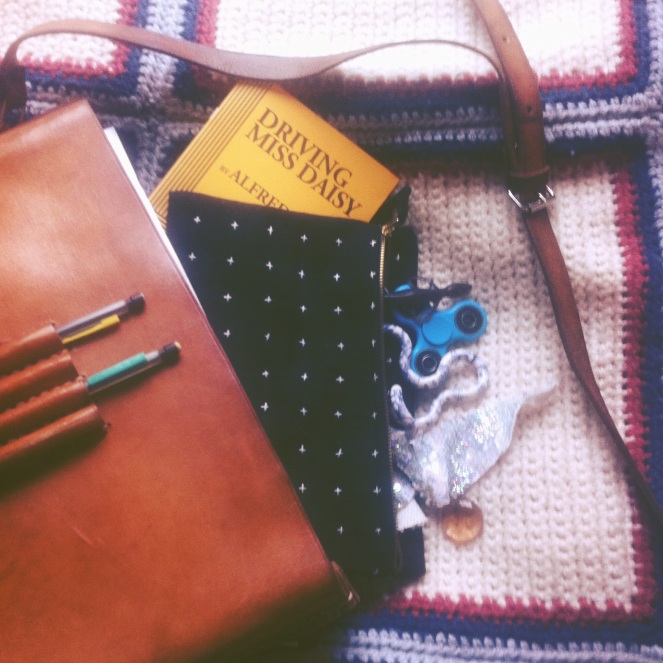

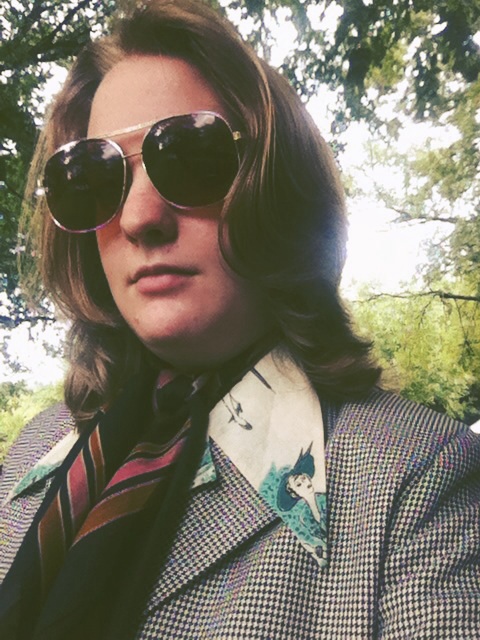



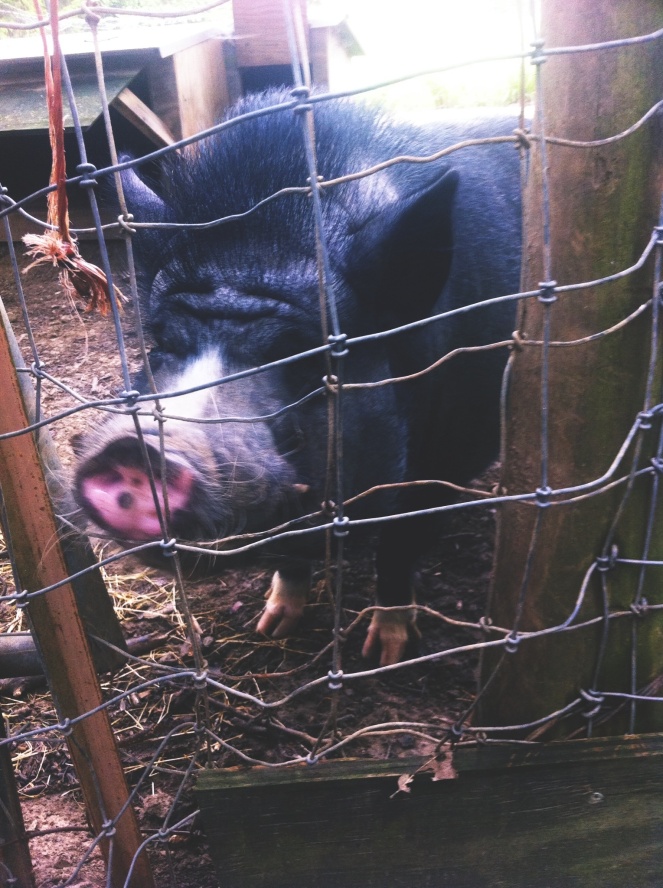



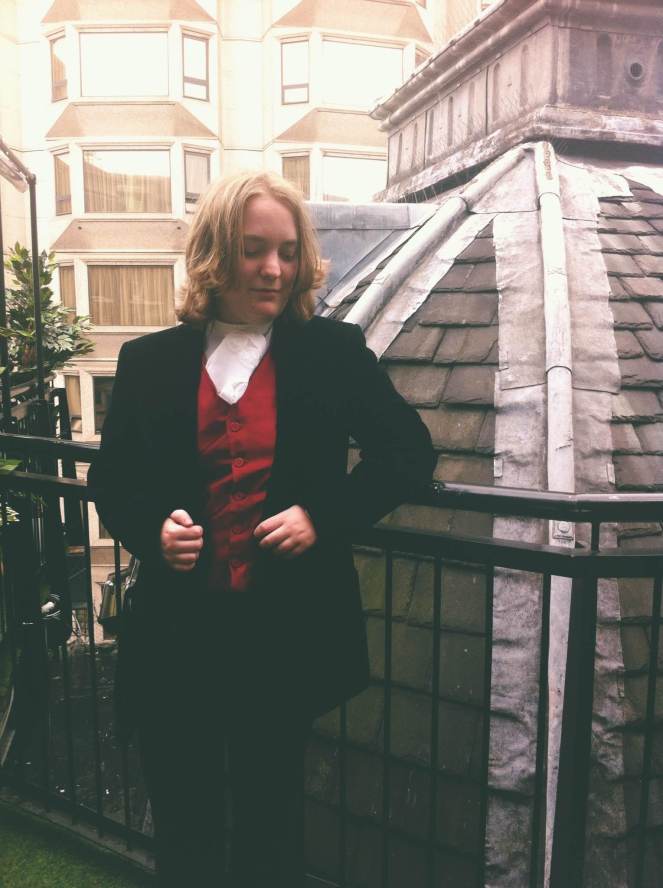



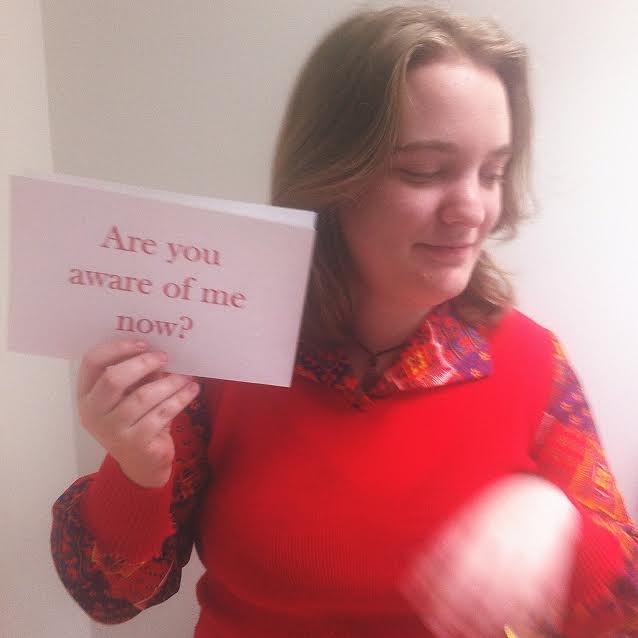

![IMG_7577[1]](https://thehandthatsewstime.files.wordpress.com/2017/03/img_75771.jpg?w=663)
![IMG_7579[1]](https://thehandthatsewstime.files.wordpress.com/2017/03/img_75791.jpg?w=663)
![IMG_7578[1]](https://thehandthatsewstime.files.wordpress.com/2017/03/img_75781.jpg?w=663)
![IMG_7586[1]](https://thehandthatsewstime.files.wordpress.com/2017/03/img_75861.jpg?w=663)